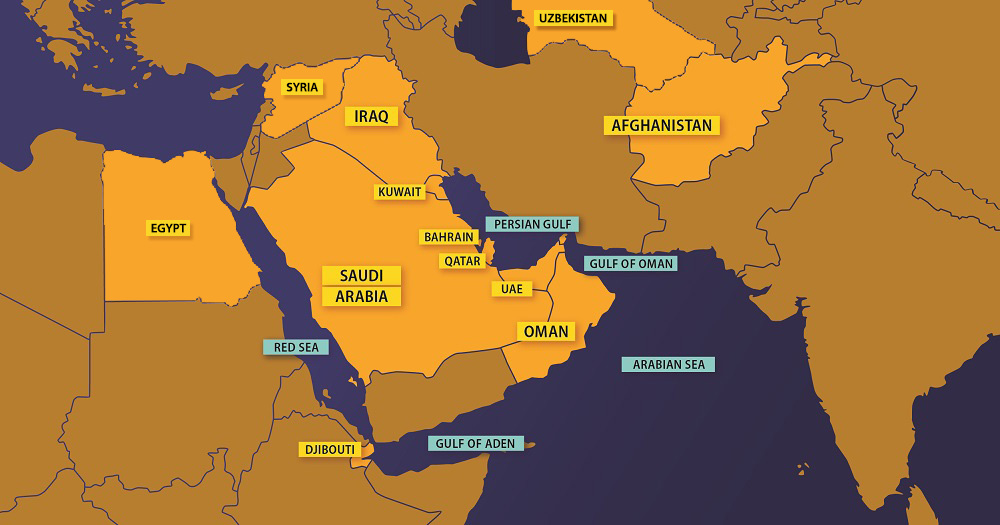Burn Pits
Airborne Hazards and Burn Pit Exposures
“Airborne hazard” refers to any sort of contaminant or potentially toxic substance that we are exposed to through the air we breathe. While on active duty, military service members may have been exposed to a variety of airborne hazards including:
- The smoke and fumes from open burn pits
- Sand, dust, and particulate matter
- General air pollution common in certain countries
- Fuel, aircraft exhaust, and other mechanical fumes
- Smoke from oil well fires

In Iraq, Afghanistan, and other areas of the Southwest Asia theater of military operations, open-air combustion of trash and other waste in burn pits was a common practice. The Department of Defense has now closed out most burn pits and is planning to close the remainder.
Depending on a variety of factors, you may experience health effects related to this exposure. Factors that may indicate you have a greater or lesser risk of short or long-term health effects include:
- Types of waste burned
- Proximity, amount of time, and frequency of exposure
- Wind direction and other weather-related factors
- Presence of other airborne or environmental hazards in the area
Presumptive Conditions
In August 2021, the VA added three presumptive conditions related to particulate matter exposure. To be eligible for benefits, you must have gotten one of these conditions within 10 years of your separation from active service. The new presumptive conditions are:
- Asthma
- Rhinitis
- Sinusitis
For More information click Here
